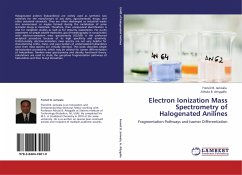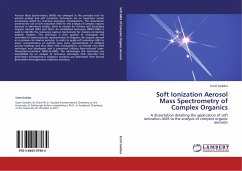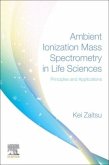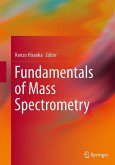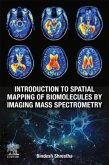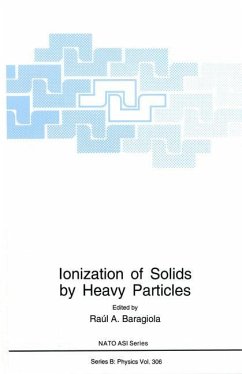Halogenated anilines (haloanilines) are widely used as synthetic raw materials for the manufacture of azo dyes, agrochemicals, drugs, and other industrial chemicals. They are often discharged as industrial waste into environment or maybe formed during the metabolism of some aromatic drugs in mammals. Therefore, their unequivocal identification is vital for metabolic studies as well as for impurity assessments. For purity assessment of simple volatile molecules, gas chromatography in conjunction with electron-ionization mass spectrometry (GC/MS) is the preferred analytical procedure because of its high specificity and sensitivity. Unfortunately, electron-ionization mass spectra are not very helpful for characterizing ortho, meta, and para isomers of underivatized haloanilines since their mass spectra are virtually identical. This book describes simple derivatization procedures, which may be utilized for isomer differentiation of haloanilines. Tandem mass spectrometry and density functional theory calculations are used to study the gas-phase fragmentation pathways of haloanilines and their N-acyl derivatives.

